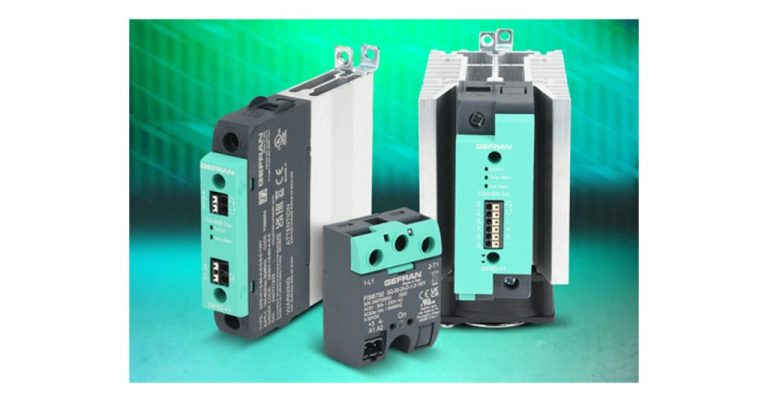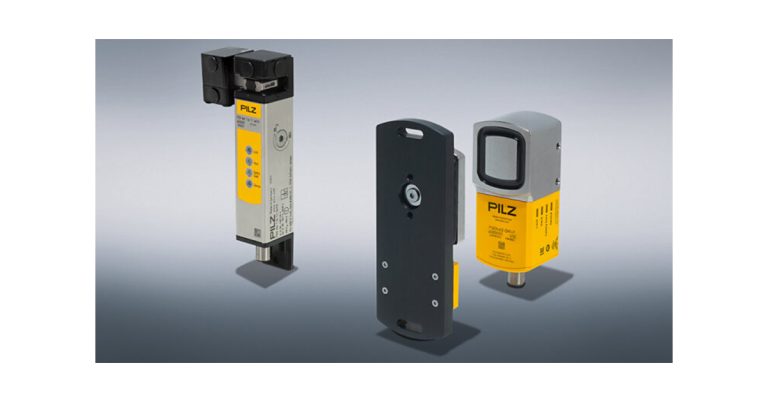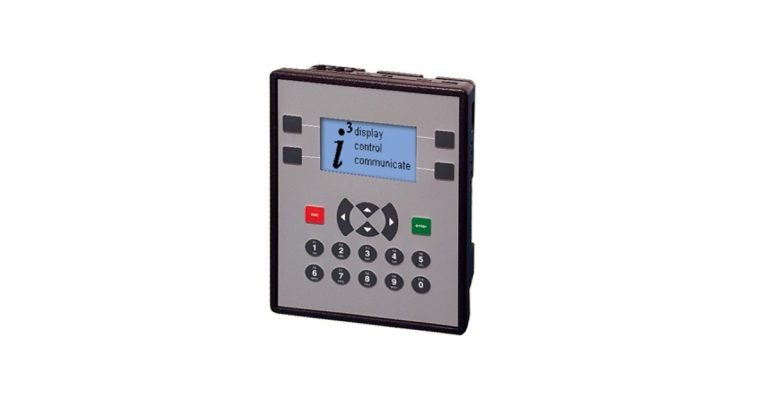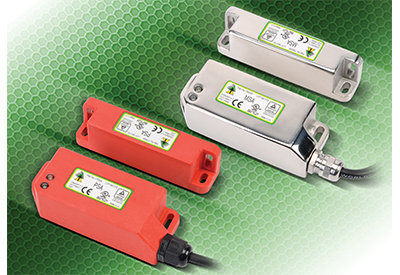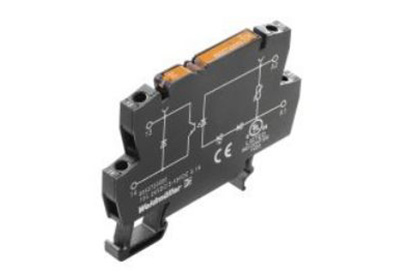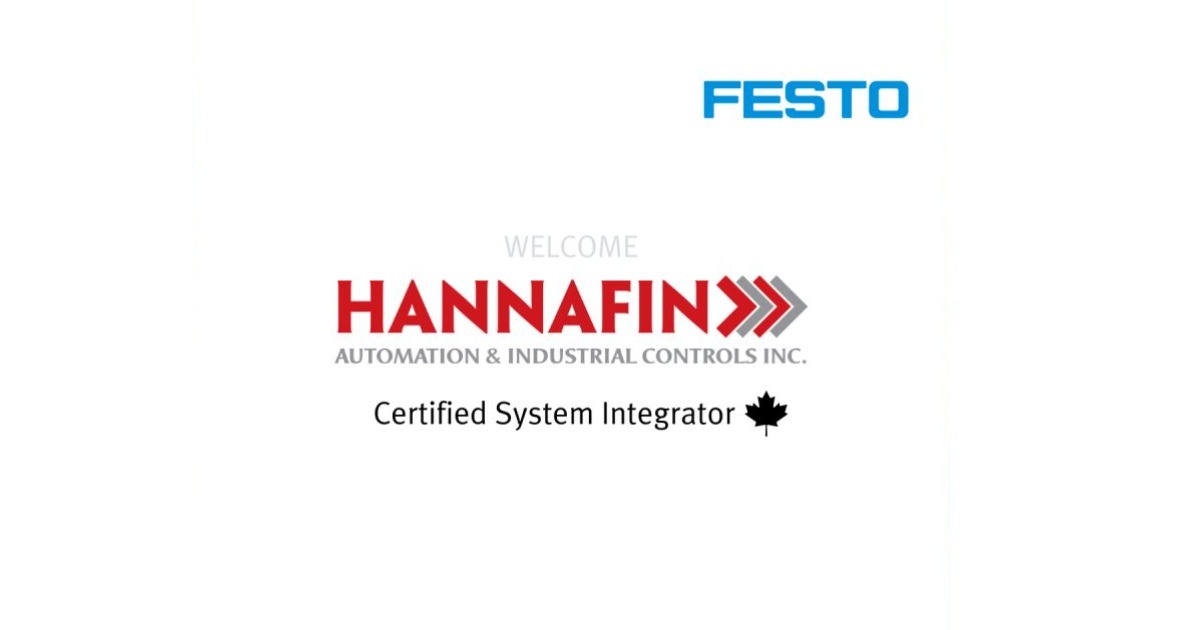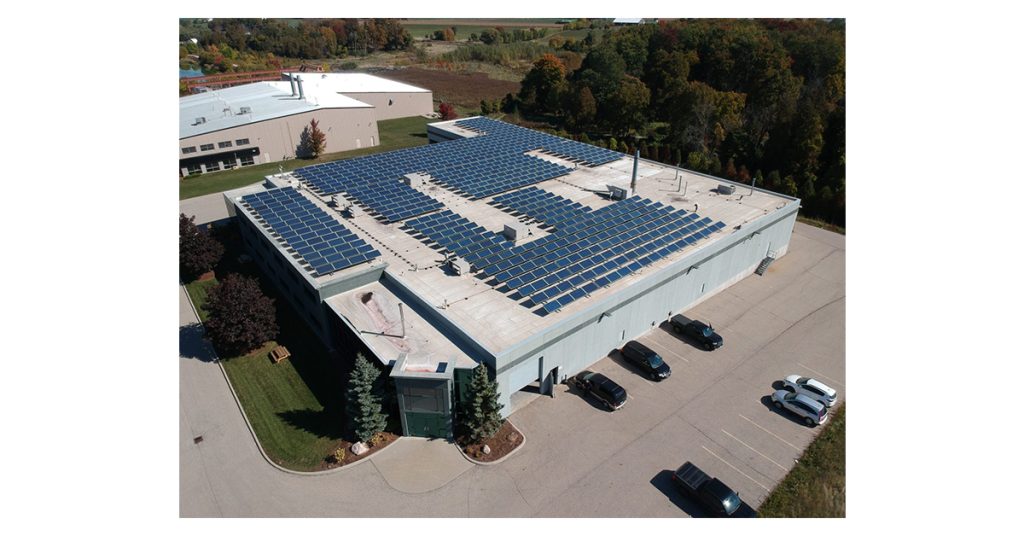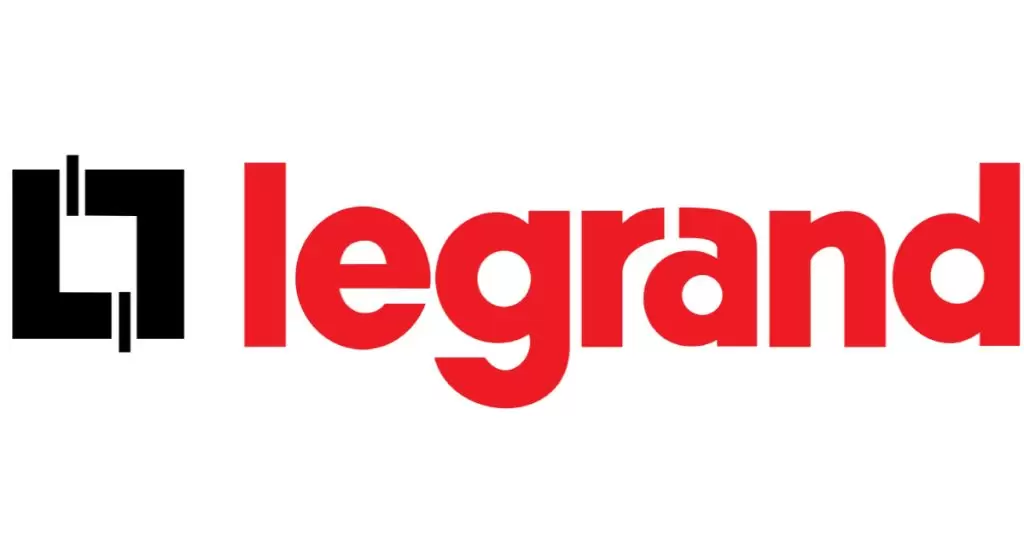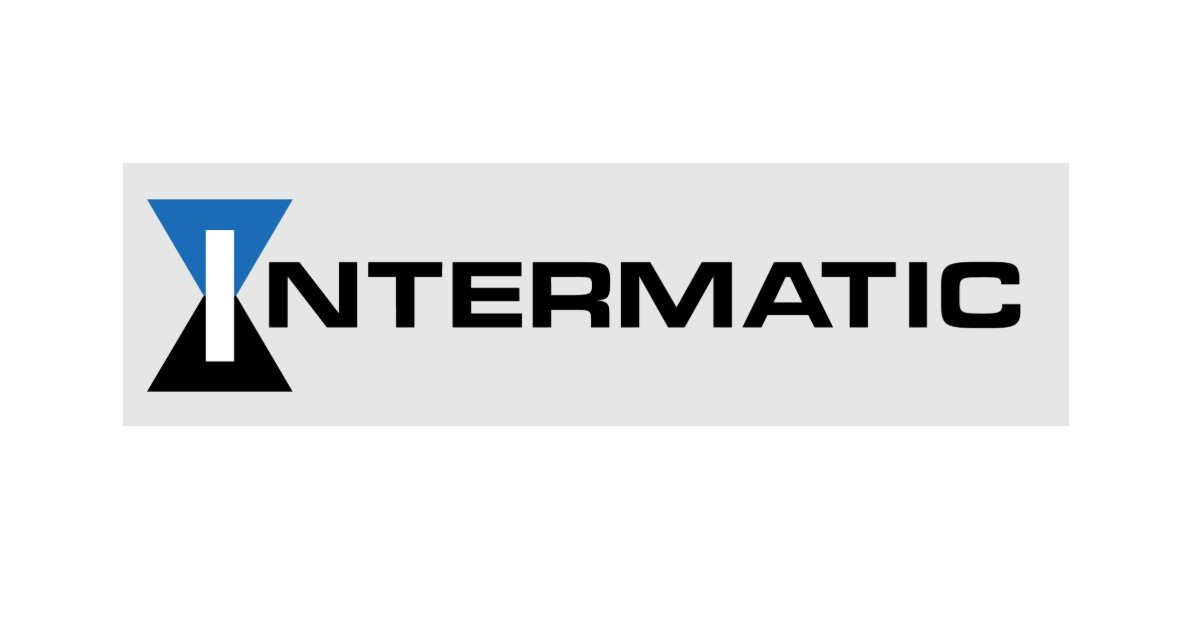HELUKABEL: New TOPFLEX 1000 VFD – Flexible Motor Power Supply Cable
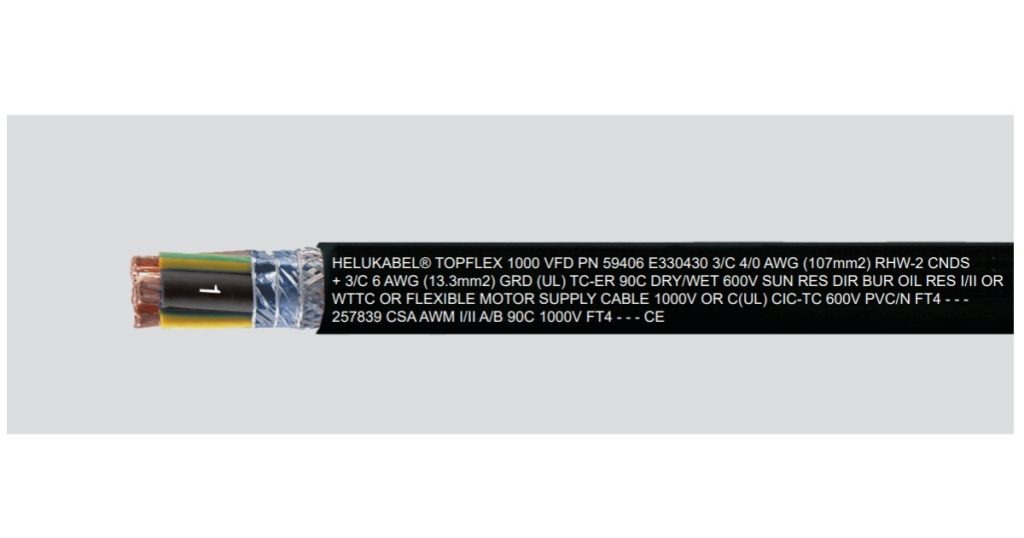
March 14, 2025
The New TOPFLEX 1000 VFD – Flexible, Ultra Resistant Protection
HELUKABEL’s New TOPFLEX 1000 is a flexible, extremely oil-resistant, thermoset-insulated power supply cable for average mechanical stress in fixed installation and sometimes for free movement in dry, moist wet rooms and outside. The TOPFLEX 1000 XLPE insulation makes this compliant with requirements and is suitable for use in the automotive industry, food processing industry, transfer streets, packaging industry, machine tools, handling equipment. Other industrial uses include pumps, fans, transport belts and in air conditioning systems, etc. Safe for use in explosion proof areas.
The TOPFLEX 1000 VFD cable is self-extinguishing and flame retardant according to CSA FT4 and the materials used during manufacturing are cadmium-free, contain no silicone and are free from substances harmful to the wetting properties of lacquers and are UV-resistant. Due to the optimal shielding of the TOPFLEX 1000 cable interference free operation is obtained, is direct burial rated and resistant to cleaning and disinfecting agents according to ECOLAB, making it effective option for a variety of environments.
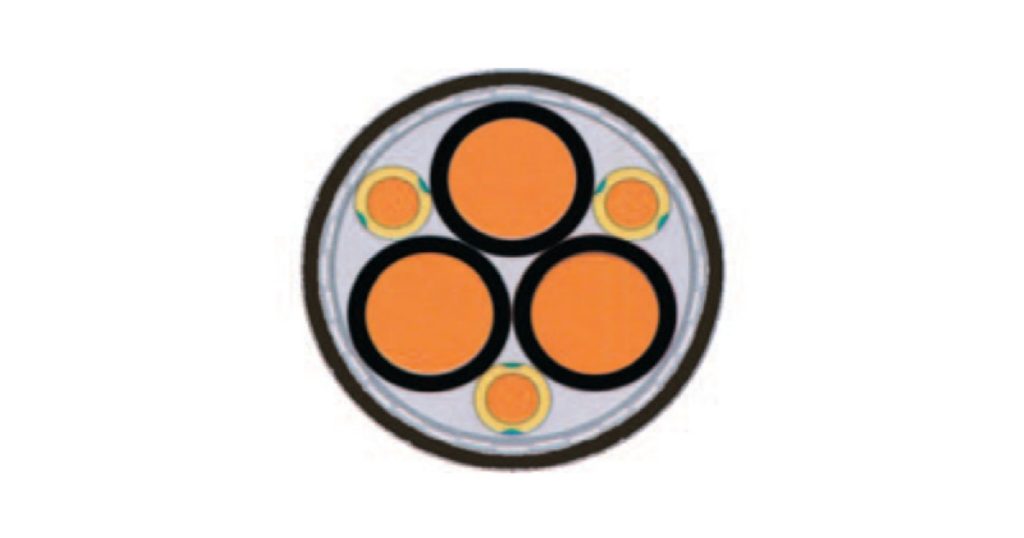
TOPFLEX 1000 Cable Structure
- Finely stranded (Cl. K), bare copper.
- Special XLPE conductor insulation.
- Black conductors with continuous white numbering.
- GN-YE conductor (divided into 3).
- Conductors stranded in concentric layers – 3 power + 3 ground conductor design.
- Special aluminum foil shield.
- Braided, tinned copper shield w/ approx. 85% coverage.
- Special TPE outer jacket.
- Black (RAL 9005) jacket w/ length marking in feet.
Why Use VFD Cables?
VFD cables are a critical component in order to extend a motor’s life cycle within a VFD system. Three areas where VFD cables set themselves apart from traditional tray-rated power cables are:
1. Address High & Low Frequency Noise Issues With Proper Shielding
Shielding on cables is what prevents systems from interacting with each other. In short, a cable’s shield is its defense against noise. THHN and most generic control/tray cables are constructed using either an aluminum shield or they are unshielded. HELUKABEL’s VFD cables are constructed using either a foil (100% coverage) + tinned copper braid (85% coverage), or a triple shield comprising of a semi-conductive fleece + foil + braid shield (80% coverage). Cables with the proper shielding prevent the VFD system from radiating electrical noise that can interfere with surrounding networking, instrumentation, wireless communication, and industrial devices.
2. Ability to Withstand Voltage Spikes/Reflected Wave Voltage
A cable combats voltage spikes with insulation material and wall thickness. HELUKABEL’s VFD cables use XLPE insulation as its conductor insulation. XLPE has a much lower capacitance (higher corona inception voltage) than THHN and generic control/tray cable which just use PVC. This is particularly important in wet or damp environments as PVC is more susceptible to absorbing moisture, which results in less than half the insulation capability of XLPE. The wall thickness of a VFD cable tends to be thicker allowing it to withstand voltage spikes significantly better.
3. High Temperature Resistance
A cable’s type of insulation plays a significant role in how it responds to thermal stress. Thermoset insulation won’t melt or drip in higher temperatures like the thermoplastic insulation found in THHN and generic control/tray cables. If thermoplastic insulation is used, you run the risk that it will melt, drip, or simply deform, which reduces the insulation properties, and can cause damage to critical and expensive equipment/machinery.

